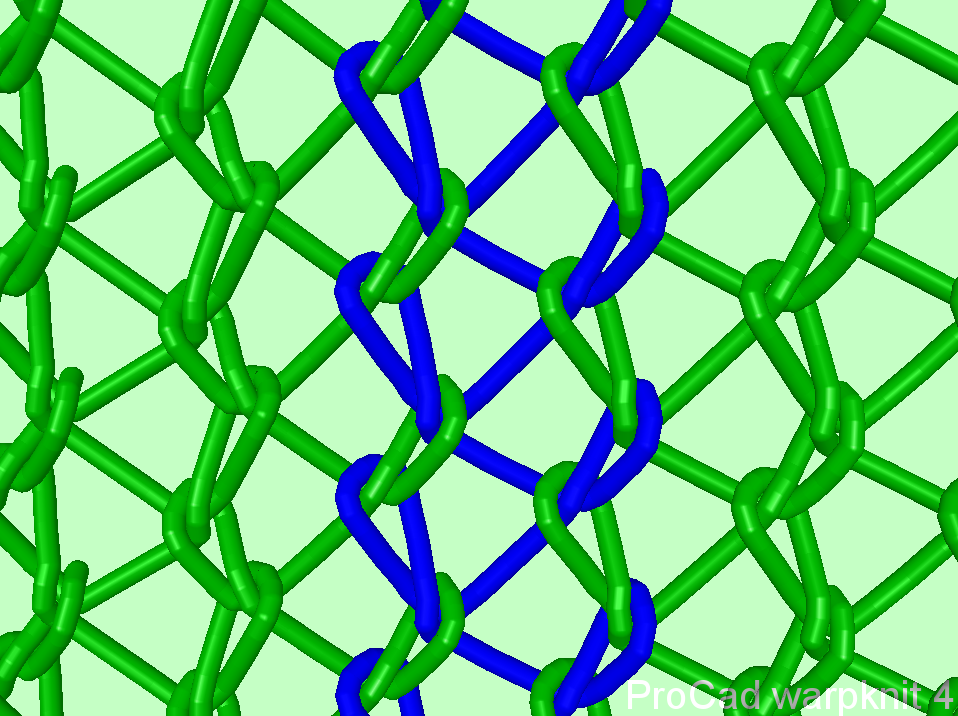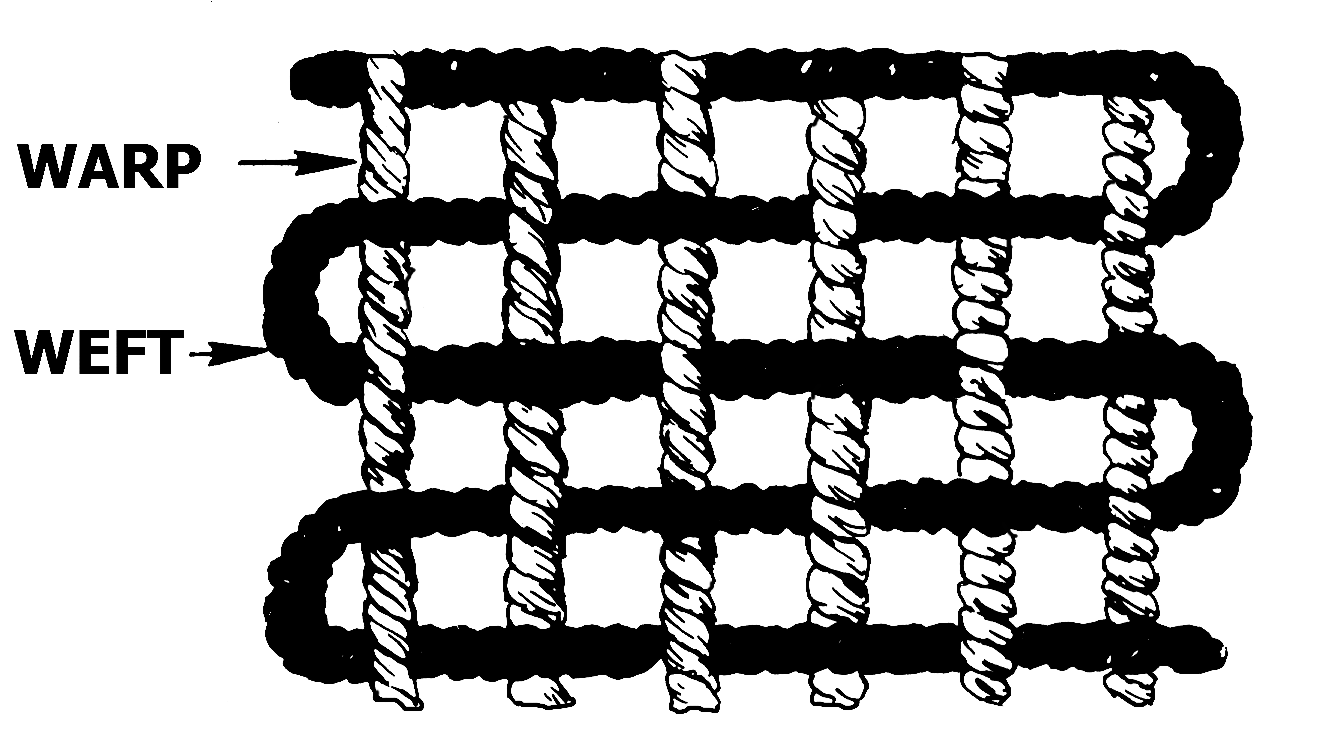Warp And Weft Knitting
Warp And Weft Knitting - Largest proportion of yardage • raschel: Warp knitting is elastic to the length. Web the warp refers to the set of longitudinal yarns or threads that are stretched across the loom and provide structural support for the fabric. Knitted fabrics usually possess high elasticity due to their loop structure. Here, the used yarn runs in the horizontal direction. In this work, the possibilities of the. Web knitted fabrics are subdivided into warp and weft knitted fabrics. Web weft and warp knitting are technical terms that describe two different types of knitting used by either machine or hand. Warp knitting allows for many more customizations to the fabric materials and properties. Weft knits are built in horizontal rows, increasing in length. Web difference between warp knitting and weft knitting: Difference between warp and weft fabric: Web it differs from traditional weft knitting in that it involves multiple yarns running vertically (warp) to create a fabric with interconnected loops. • milanese knit, which can be recognized by the rib pattern on the face. • simplex knit, which is pretty thick and dense. This technique creates stable and intricate fabrics with diverse applications. In weft knitting, loops are formed in a horizontal direction by adjacent needles knitting in sequence. The difference between the two knitting processes is the formation of the loops. Weft knit fabrics are the most common type of fabric used in conventional leggings today. Web although, in a woven fabric,. In this work, the possibilities of the. Knitting is typically done by. Here, the used yarn runs in the vertical direction. They refer to the widths and lengths of the thread and how many needles are used. Warp knitting is done on machines and is built by column, growing in width. In this work, the possibilities of the. It has higher shrinkage than warp knitting. Web knitted fabrics are subdivided into warp and weft knitted fabrics. Warp knitting requires as many needles and strands of yarn as there are “loops” across the width. Above all are the most common differences between warp knitting and weft knitting. Web the two basic knitting methods are weft and warp knitting. A weft knitted fabric contains horizontal / parallel row of. Warp knitting is elastic to the length. Web although, in a woven fabric, the terms warp and weft refer to the direction of the two sets of yarns making up the fabric, in a knit fabric, these terms describe. This difference can create two entirely different end products. Web weft and warp knitting are two different knitting techniques that result in various types of fabrics. This type of knitting is elastic to the width. Web there are six stitches used in warp knitting, which are: Warp knitting is general in lingerie fabric such as tricot. It has higher shrinkage than warp knitting. It has less shrinkage than weft knitting. • tricot knit, which is soft and less prone to wrinkles. The yarn is fed to. Web basically, warp and weft knitting processes are totally different from one another. Web horizontal direction of loop formation is called weft knitting and vertical direction of loop formation is called warp knitting, both are the main classifications of knitting technology. Web weft and warp knitting are technical terms that describe two different types of knitting used by either machine or hand. Warp knitting is elastic to the length. The needles make corresponding. Warp knitting is elastic to the length. Web there are six stitches used in warp knitting, which are: This type of knitting is elastic to the width. This technique creates stable and intricate fabrics with diverse applications. Web warp knitting is a method of fabric production that involves the intermeshing of yarns in the lengthwise direction, known as the warp. • tricot knit, which is soft and less prone to wrinkles. Here, the used yarn runs in the horizontal direction. Difference between warp and weft fabric: It forms vertical loops in one course and then moves diagonally to knit the next course. Warp knitting allows for many more customizations to the fabric materials and properties. Unlike the single yarn feed used in weft knitting, warp knitting requires individual ends to feed in across the entire width of the fabric. Web warp knitting is a method of fabric production that involves the intermeshing of yarns in the lengthwise direction, known as the warp. Warp knitting is general in lingerie fabric such as tricot. Web knitted fabrics are subdivided into warp and weft knitted fabrics. Moreover, these two knitting techniques are used to make different types of knitted fabrics. It has less shrinkage than weft knitting. Weft knits are built in horizontal rows, increasing in length. Web weft knitting is ‘normal’ knitting you do at home. • simplex knit, which is pretty thick and dense. Warp knitting is elastic to the length. Web weft and warp knitting are two different knitting techniques that result in various types of fabrics. • milanese knit, which can be recognized by the rib pattern on the face. Weft knit fabrics are the most common type of fabric used in conventional leggings today. Here, the used yarn runs in the horizontal direction. The yarn is fed to. Web difference between warp knitting and weft knitting:
Warp Knitting Textile School

Textile Adviser Differences between weft knitting and warp knitting

Weft vs Warp Fabric Differences & Types Explained

Warp Knitting Basics YouTube

The Difference Between Warp And Weft Knitting The Creative Folk

Warp and Weft Meaning & Differences TREASURIE

Warp and Weft Knitting Method Style2Designer

The Difference Between Warp And Weft Knitting The Creative Folk

1 2 3 WARP KNITTED STRUCTURES YouTube
.png)
Sewing with Knit Fabric Basics and Best Practices — Little Woolly Lamb
Above All Are The Most Common Differences Between Warp Knitting And Weft Knitting.
Largest Proportion Of Yardage • Raschel:
Web Weft And Warp Knitting Are Technical Terms That Describe Two Different Types Of Knitting Used By Either Machine Or Hand.
Web The Warp Refers To The Set Of Longitudinal Yarns Or Threads That Are Stretched Across The Loom And Provide Structural Support For The Fabric.
Related Post: